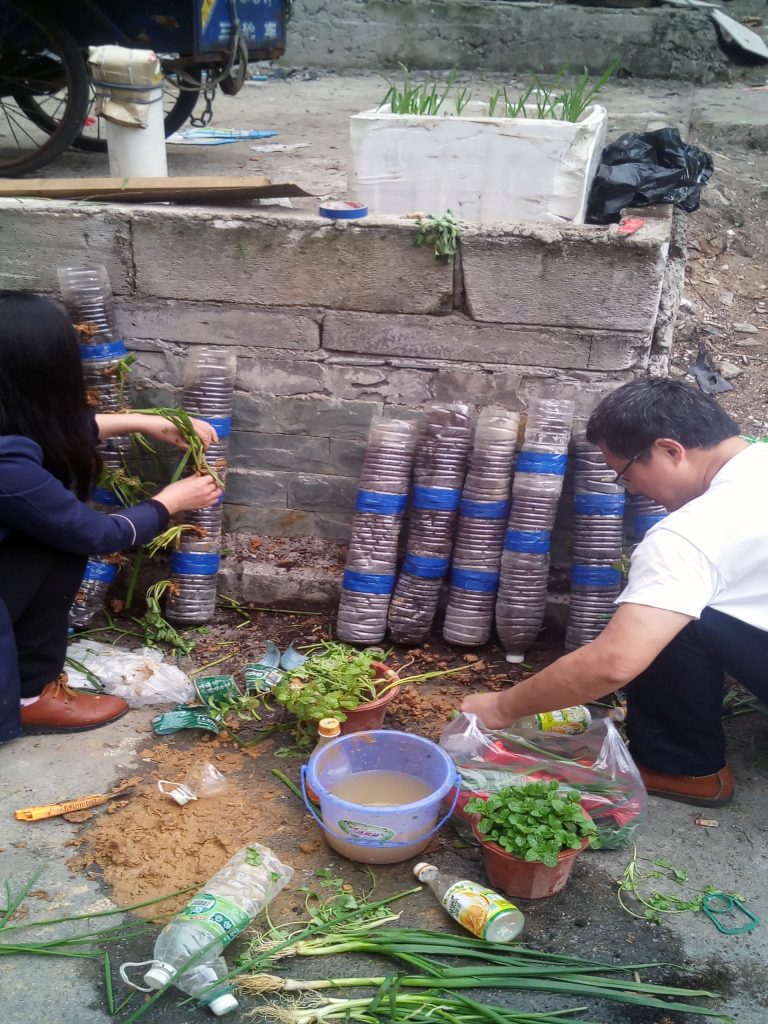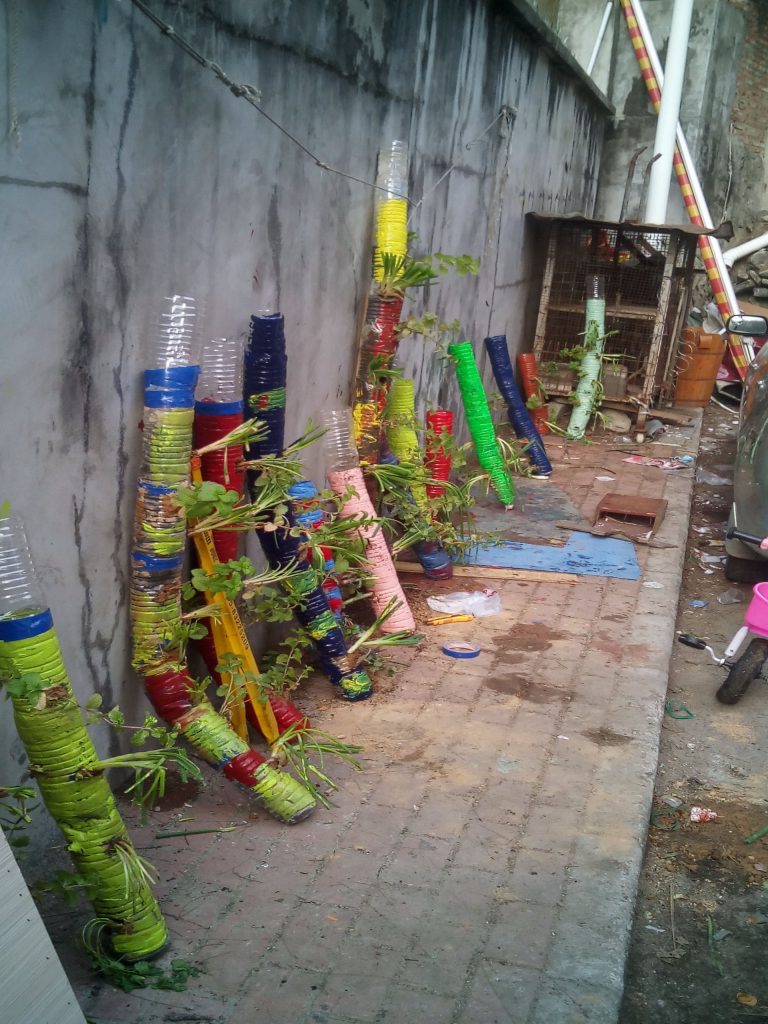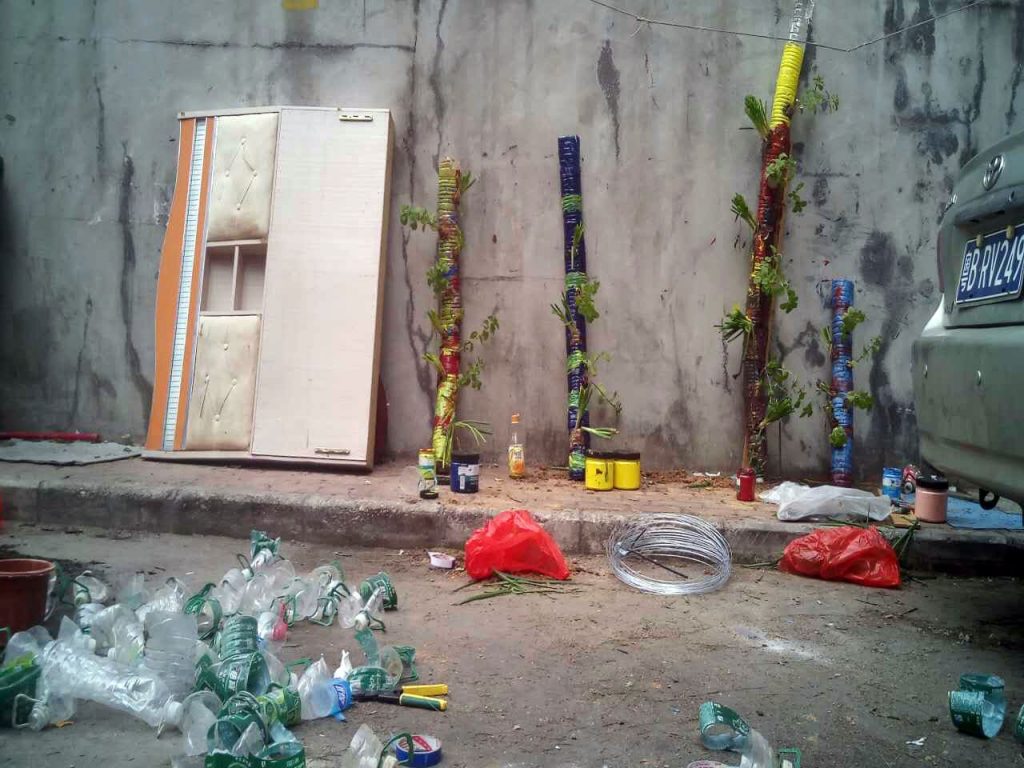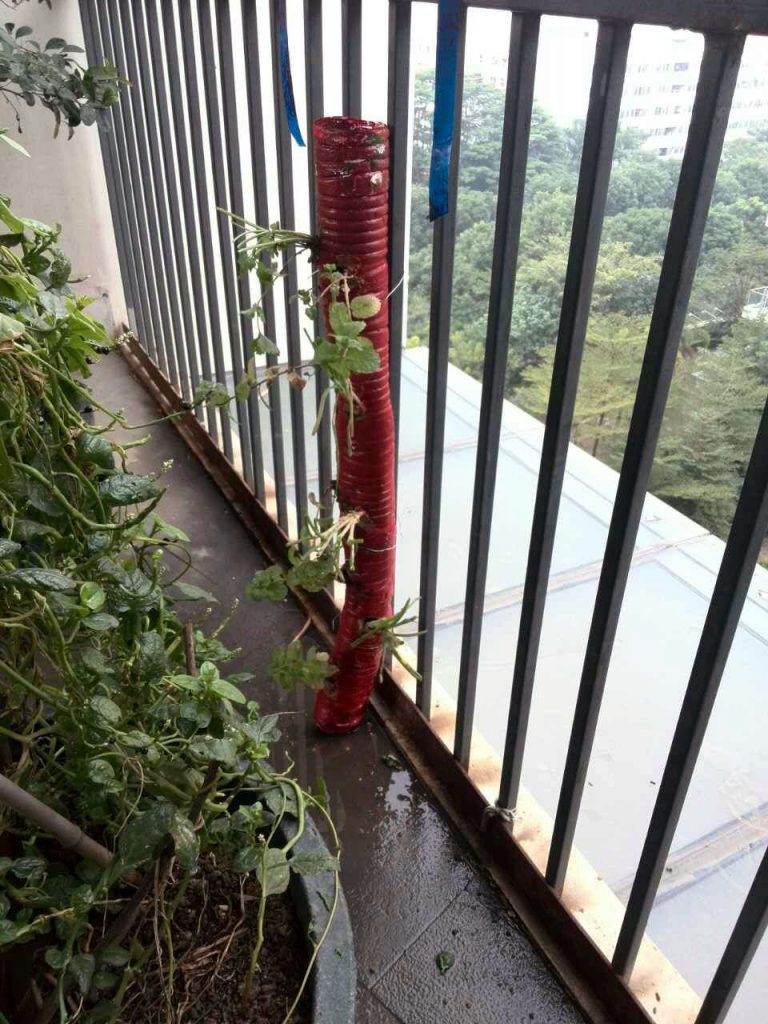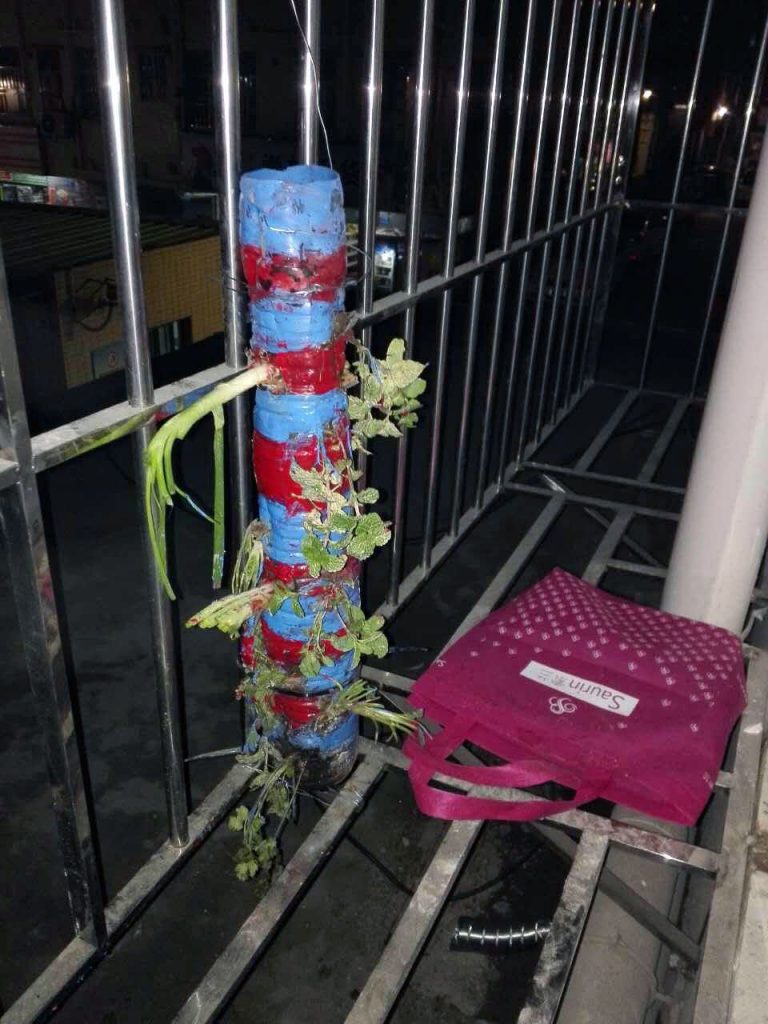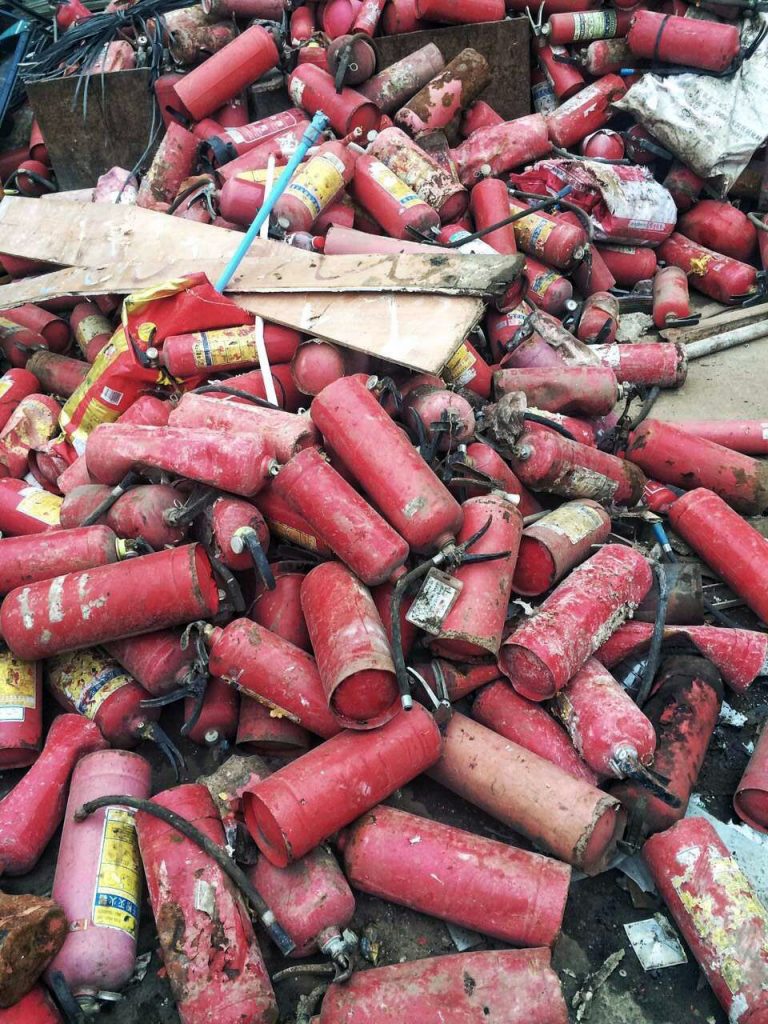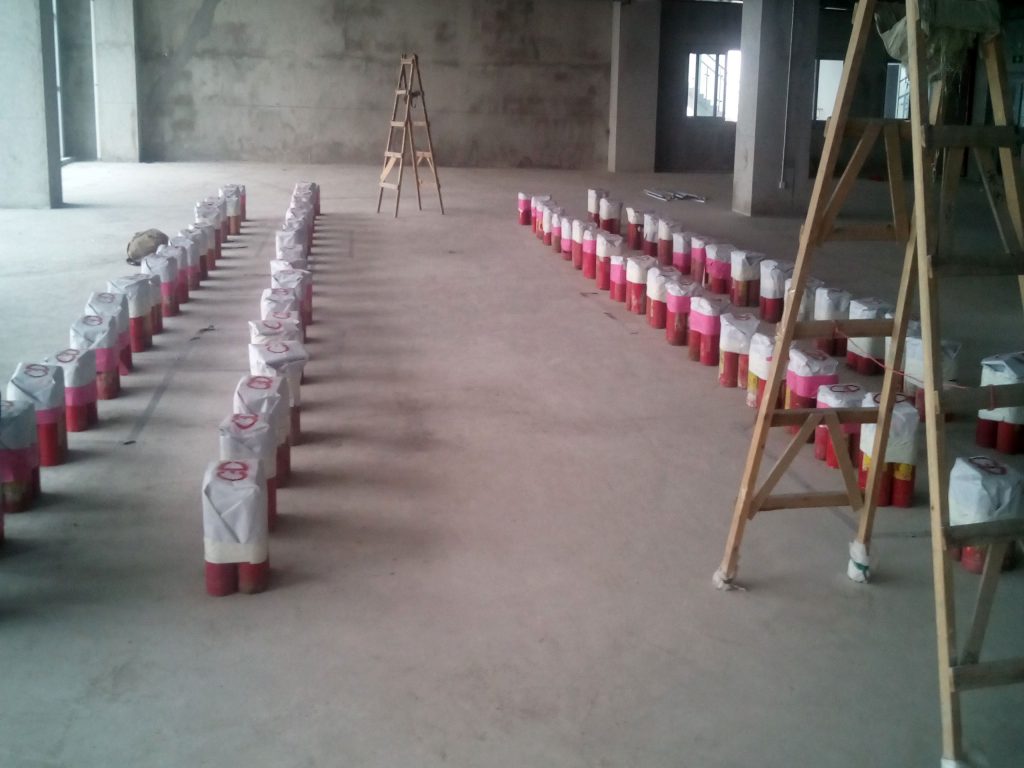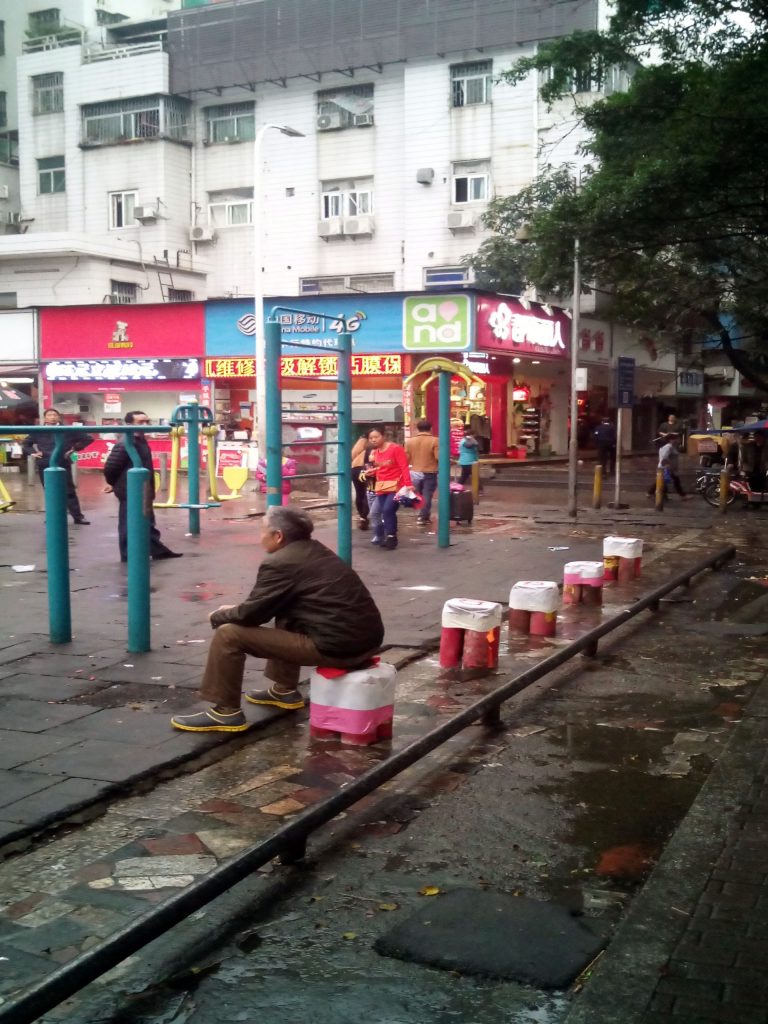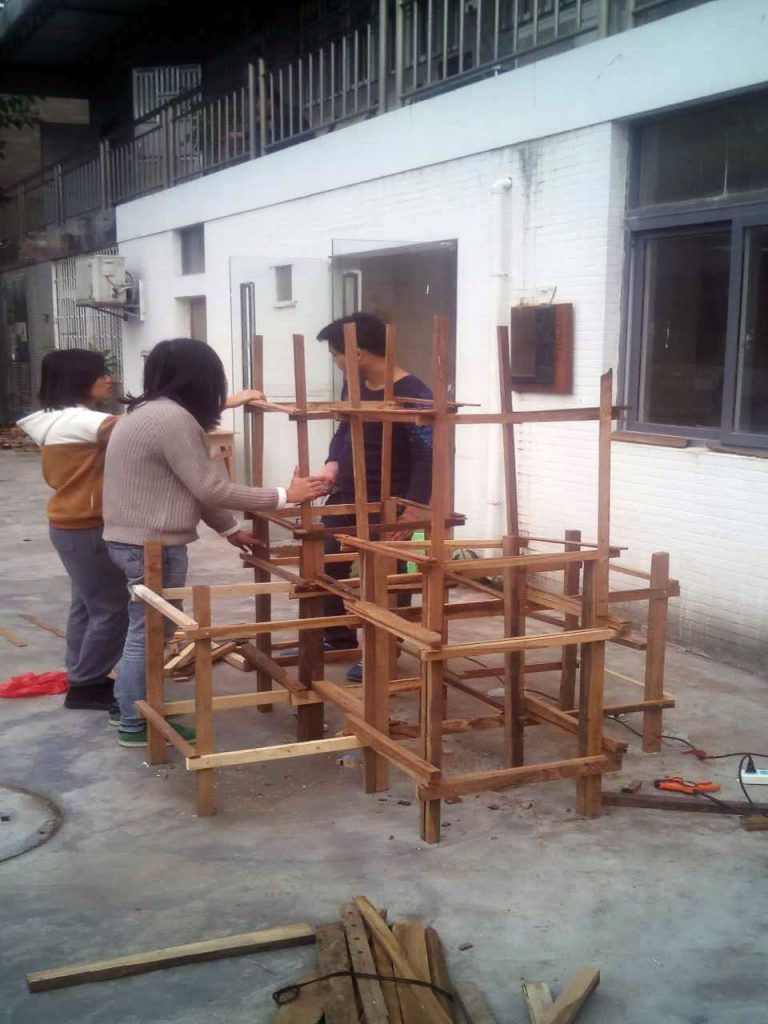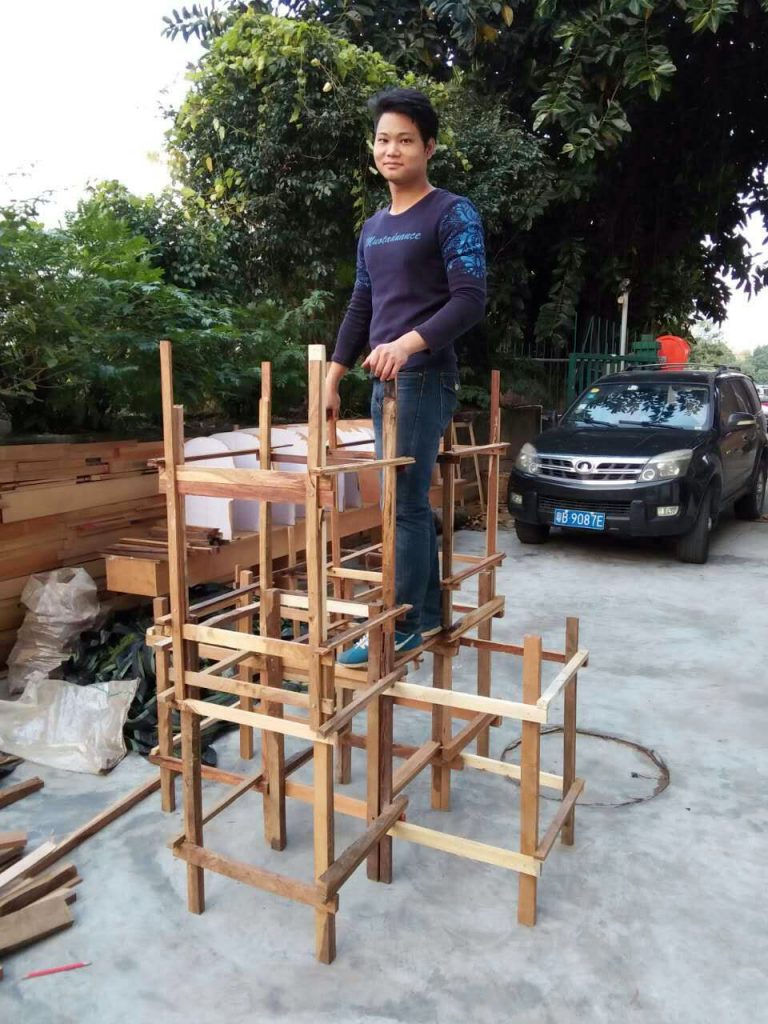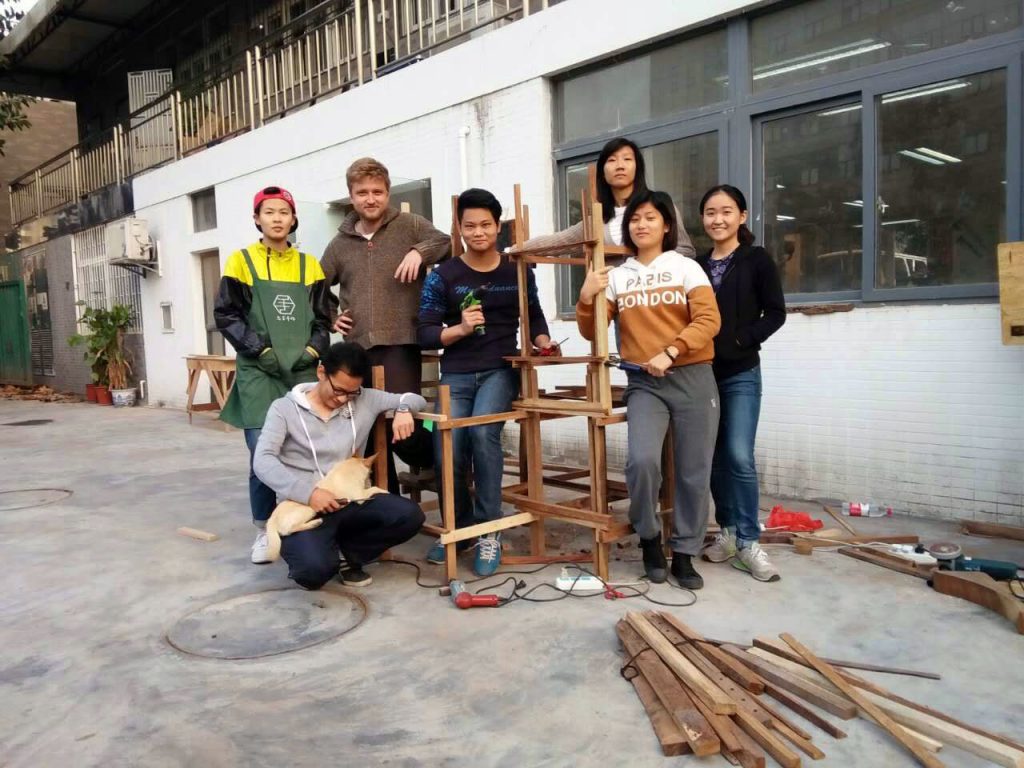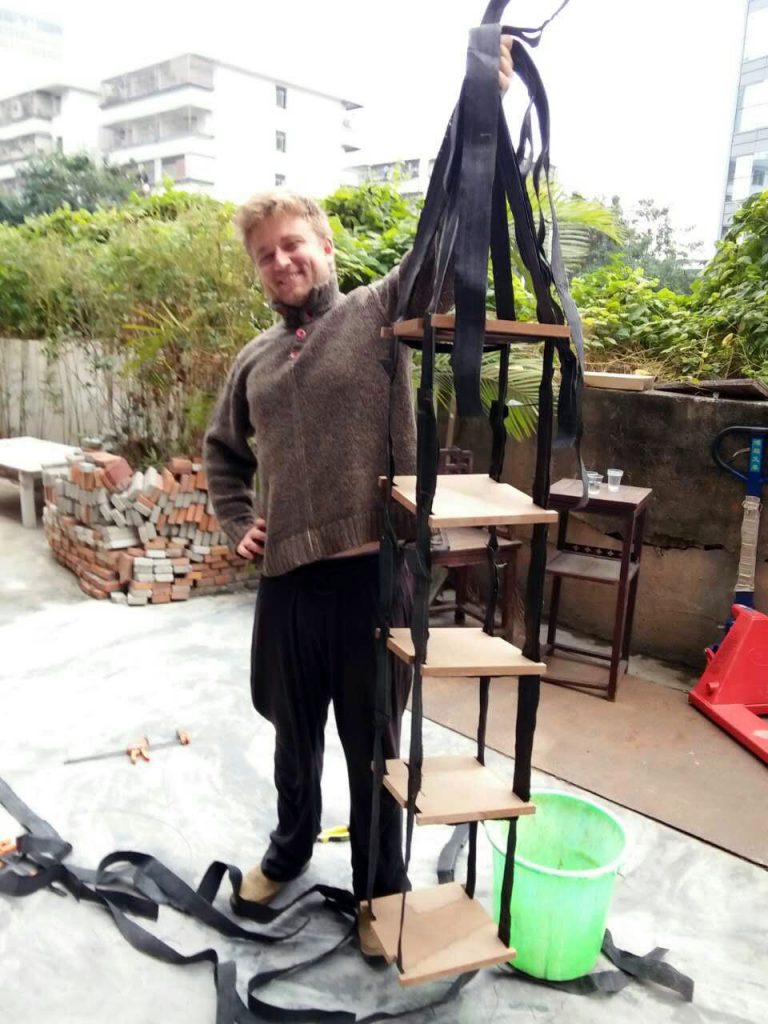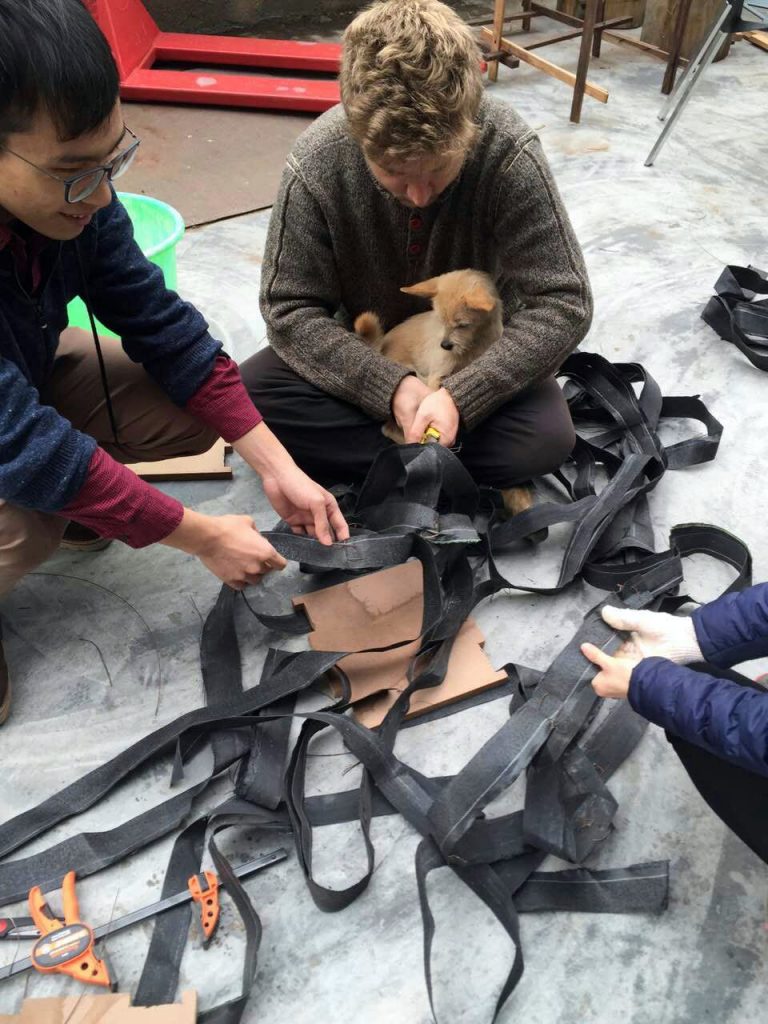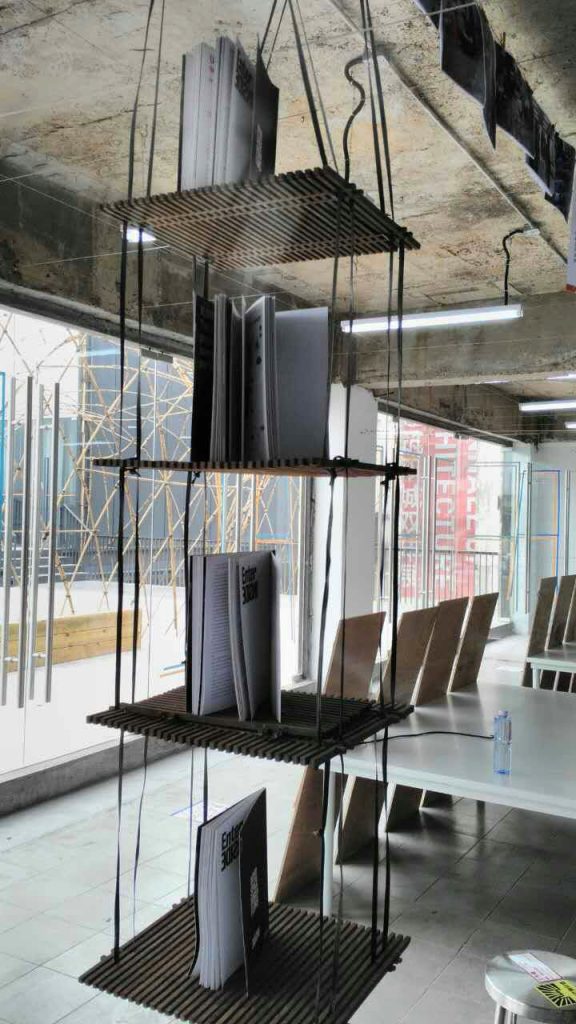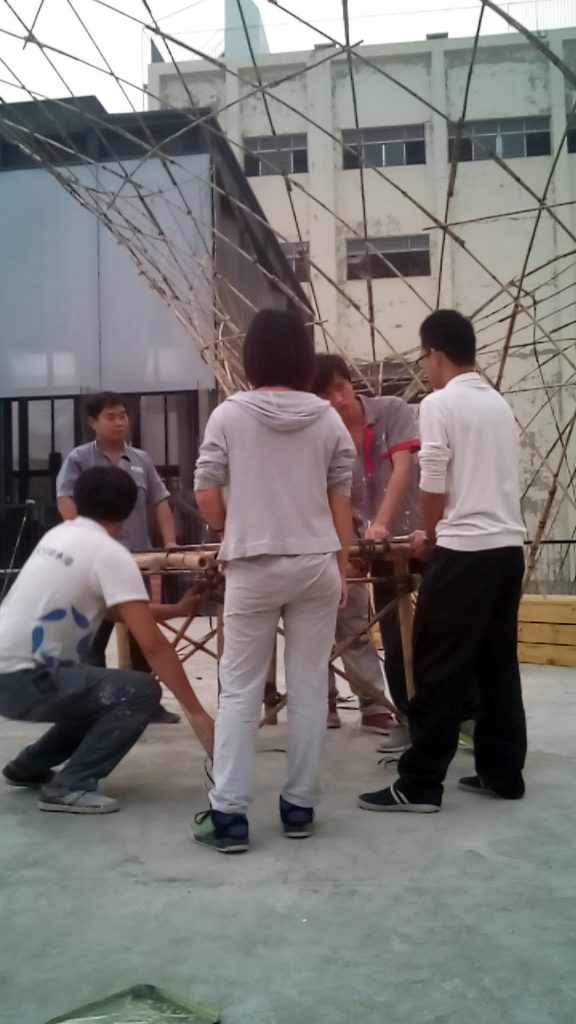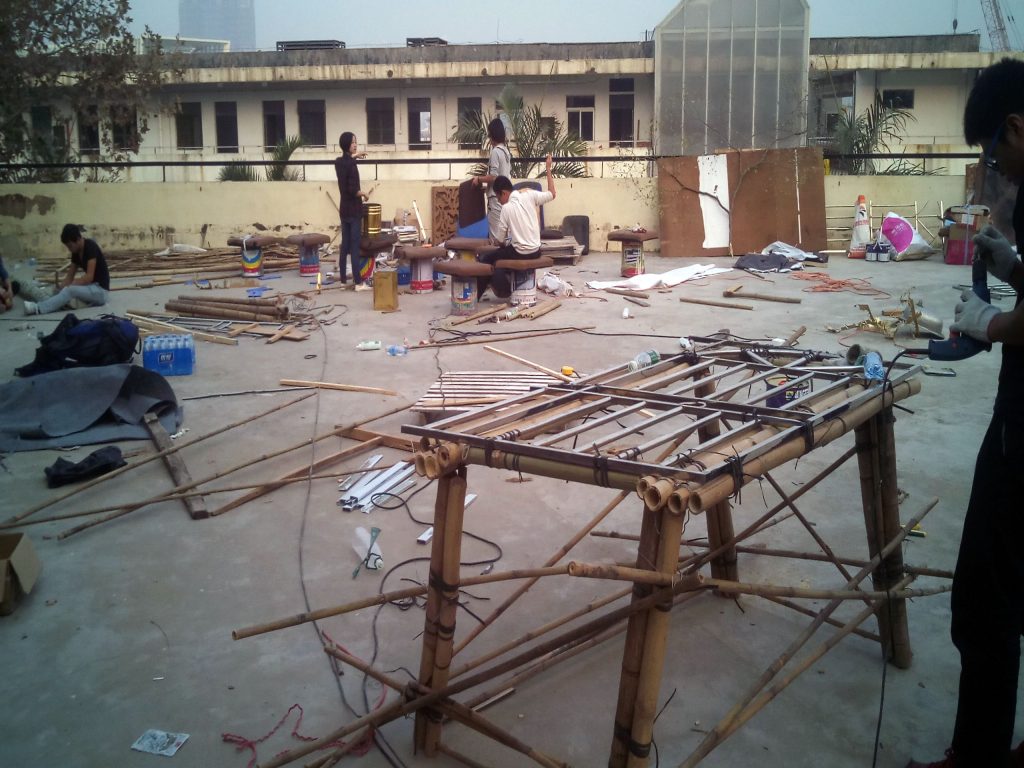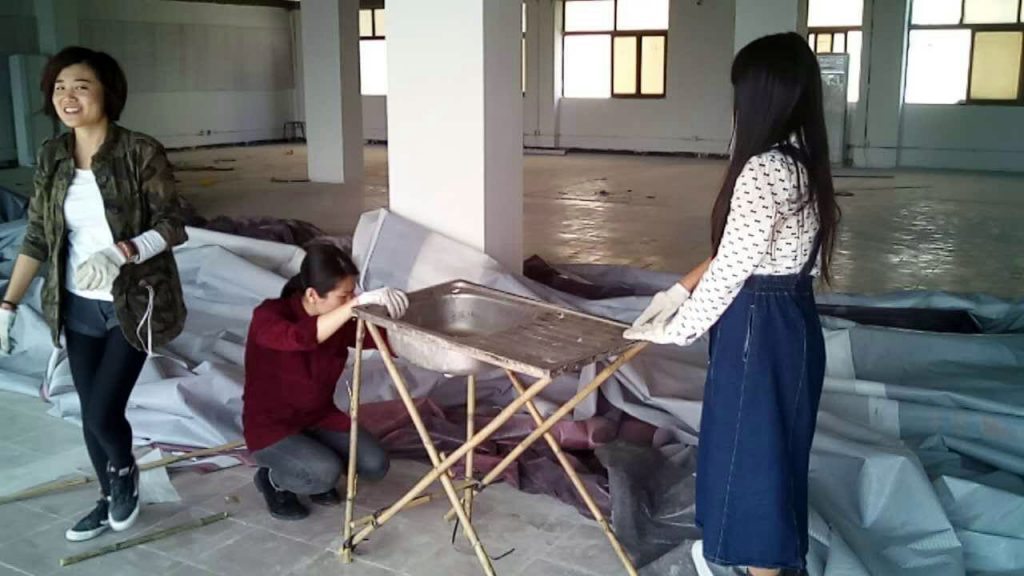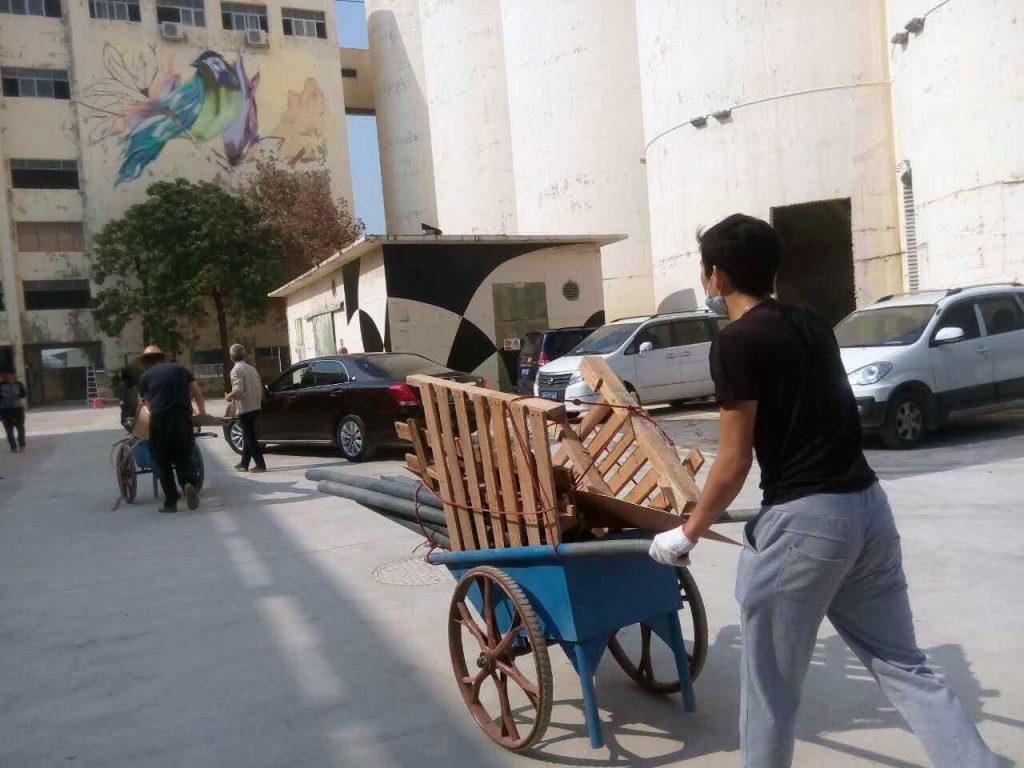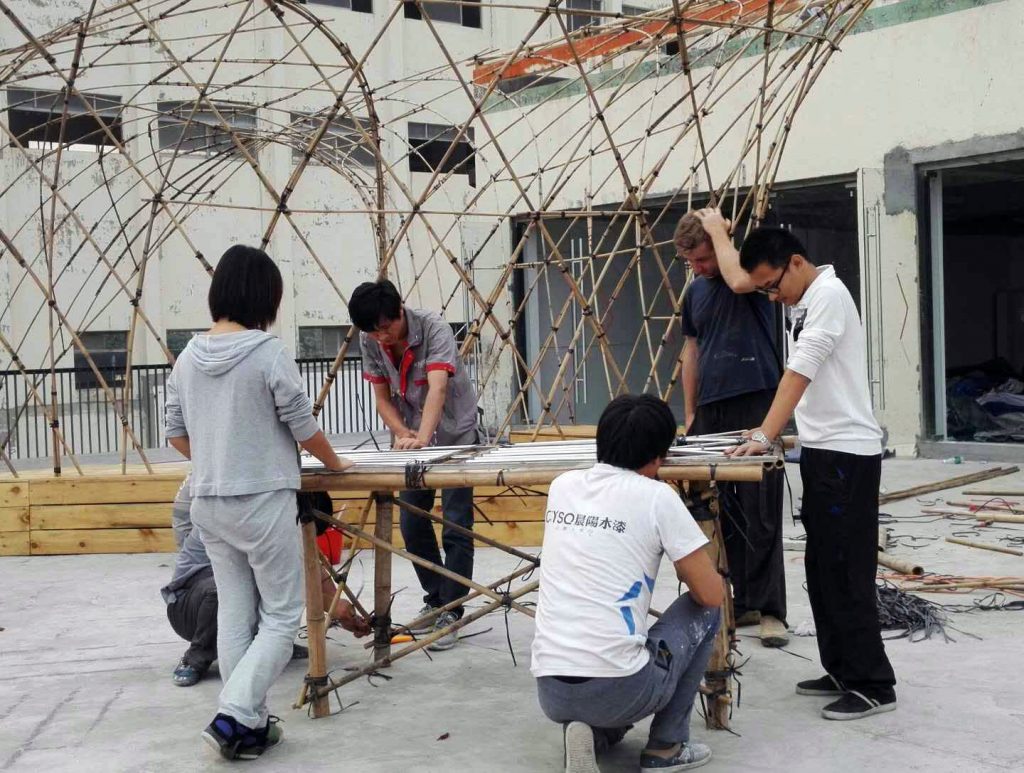The work in China was made possible through an invitation by the Shenzhen Center for Design to participate and exhibit at their Biennale for Design and Architecture.
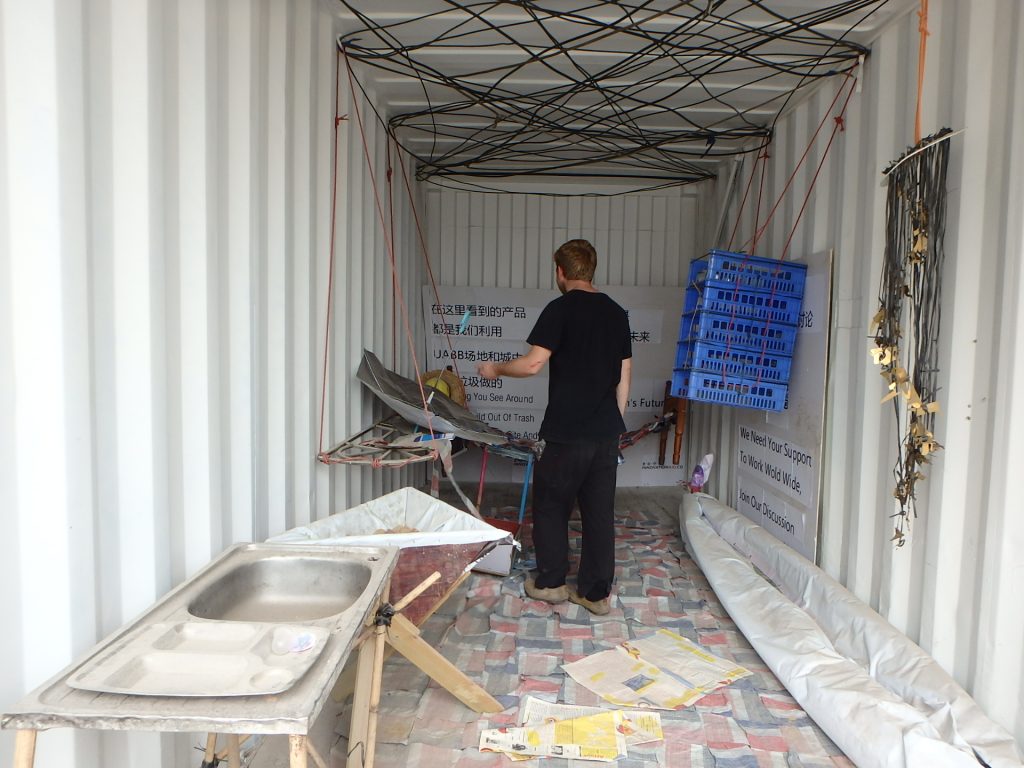
After a couple of weeks of building a worker home in a container that was the exhibition space, we were happy with the result. Bedding, modular storage, toys, a flute , small boat made from bottles, a water filter, vertical gardens, as well as trousers and a jacket were fabricated using the freely available materials in and around the exhibition space.
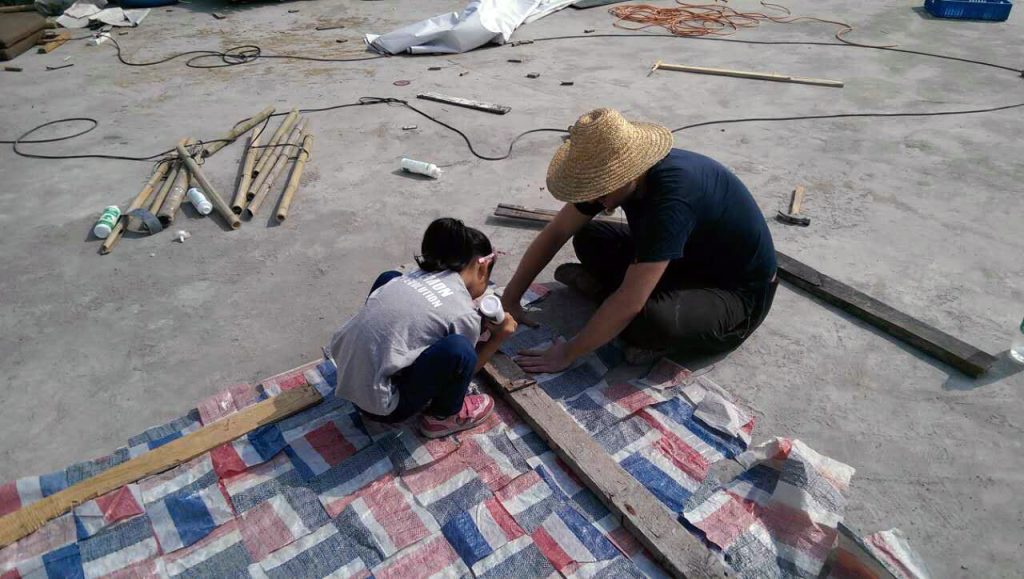
At the same time, we gained support from the Director of the Aformal Accademy an educational institution set up alongside the biennale to educate and cooperate with educational institutions to spread the expertise. This cooperation resulted in the production of products for the educational space and in a set group of senior school students that gained school credit by working with InnovationAid transforming the space in the neighborhood of their school, Baishizhou.
Invited by the generous Art collective Handshake 302 to stay at their place in the community, the complexity of a urban village was breathtaking. The constant flow of people, construction, artisan ship and the busyness of new arrivals to a big city gave us the opportunity to experiment working with and producing products for the working poor and the floating population in China.
The scope and variety of products that we produced following our research phase was very diverse and in part became a permanent staple of the community, while others were rejected straight out. In addition, the architectural unique layout of Hand-Shake-Buildings in the community create now and exiting challenges for us like light and air distribution as well as temperature that seem to follow its own laws in this complex environment.
Among the products we built for and with the community are bottle gardens, modular furniture, a play wall, public seating and toys. To outline one of the products and the design of it in detail to give the reader a better understanding of how this process was conducted.
Researching the needs of the community we repeatedly were told by the elderly that they were longing for places to sit and maybe spend some time with others talking and playing games. A small fashion designer in the community was also interested in supporting us. In the the need for seating for an upcoming fashion show, we agreed to look around the many recycling sites in the sitting to find something suitable. After visiting various sites we found a garbage collector that striped down an old office building with hundreds of fire extinguishers. We decided to buy them and weld them together. We then put old textile waste from the fashion industry on top of it and warped it with a sturdy tarp from an old advertisement poster. Following the fashion show we proceeded to place the chairs with the some elders of the community. They stayed there for years and served their function.
